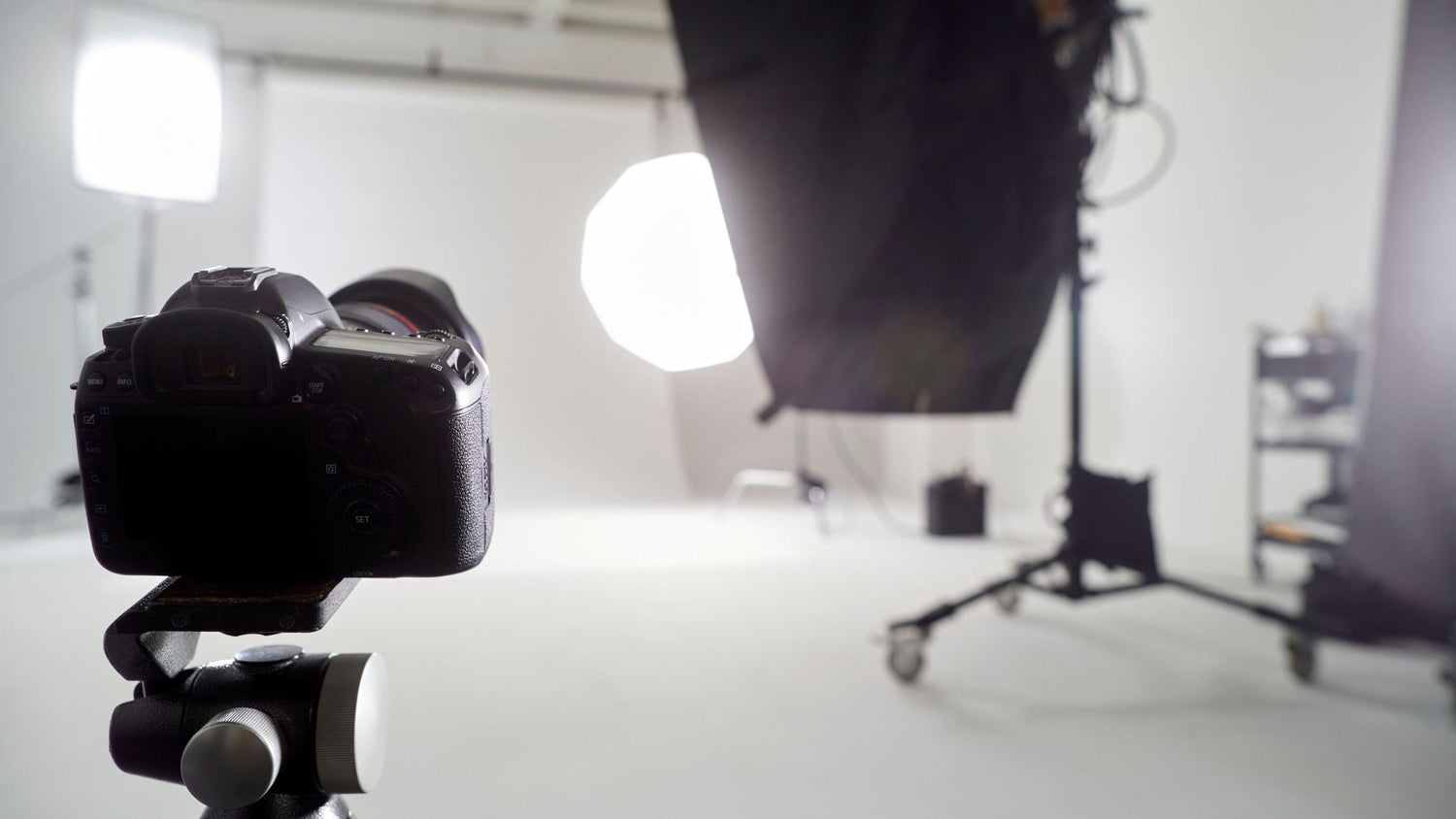When it comes to photography, whether you’re snapping photos for social media, content creation, or professional shoots, lighting is everything. It’s the unsung hero that can turn an ordinary shot into something extraordinary. But with so many lighting options out there, how do you know what’s best for your style and needs? Well, don’t worry—we’ve got you covered.
In this guide, we’ll dive into the best types of lighting for photography, share some essential tips for achieving professional-quality shots, and sprinkle in some of our top lighting recommendations, including gear from Oldshark that can make a big difference in your photography setup.
Why Lighting Matters in Photography
Before we get into the different types of lighting, let’s talk about why lighting is so crucial in photography. In simple terms, lighting sets the mood, defines textures, and can either enhance or distort your subject. Without proper lighting, even the best camera or lens can’t save a poorly lit shot. Think about it—have you ever taken a picture with harsh shadows or overexposure? Not fun, right?
The right lighting makes your subject pop, creates depth, and allows the viewer to see every detail clearly. If you’ve ever scrolled through Instagram and thought, “Wow, that photo looks so professional,” chances are it was the lighting that made it stand out.
The Different Types of Lighting for Photography
Now, let’s break down the different types of lighting you can use in photography. Whether you’re shooting portraits, products, or still life, there’s a lighting setup that will work for you.
1. Natural Light
Natural light is the simplest and most cost-effective option available. This type of lighting comes from the sun and varies depending on the time of day and weather. Photographers often use natural light when shooting outdoors or in spaces with large windows that let the sunlight pour in.
Pro Tip: If you're shooting indoors, try positioning your subject near a window. Early morning or late afternoon light (the “golden hour”) is ideal for soft, flattering photos. But be careful with midday light—it can create harsh shadows that are tricky to deal with.
2. Softbox Lighting
Softbox lighting is a go-to for many photographers, especially for portrait and product shoots. Softboxes diffuse light, giving you a soft, even glow that reduces harsh shadows and highlights. This makes it perfect for flattering skin tones and capturing the details of your subject.
If you’re new to softbox lighting, don’t stress—there are plenty of affordable options out there, including Oldshark’s LED Ring Lights that can mimic this soft light effect, providing smooth, even lighting for your photos and videos.
3. Ring Lights
Ring lights have exploded in popularity in recent years, especially among content creators, beauty bloggers, and streamers. These circular lights provide an even, flattering light that reduces shadows, making them perfect for selfies, close-ups, and beauty shots.
Ring lights are also a great tool for adding catchlights to your subject's eyes—those little reflections that give your photos life. If you’re looking to create stunning content with minimal setup, a ring light is definitely worth considering. Oldshark’s LED Ring Light provides adjustable brightness, so you can customize the intensity to your needs. Whether you’re shooting in low-light conditions or you just want that perfect glow, a ring light can do wonders.
4. LED Panel Lights
For those who need more control over their lighting, LED panel lights are a great option. They offer versatility, allowing you to adjust the color temperature and brightness. These lights are ideal for photographers who want to achieve a specific mood or style, from warm, golden tones to cool, blue-toned light.
One major advantage of LED panel lights is their portability. Many of these lights are lightweight and can be easily adjusted to different angles, giving you full creative control.
5. Continuous vs. Strobe Lighting
Now, let’s talk about the difference between continuous and strobe lighting. Continuous lighting is just that—lights that stay on throughout your shoot. This is great for video shoots or when you need consistent lighting. On the other hand, strobe lighting is typically used for still photography. It’s a flash of light that freezes motion in a single shot, giving you a crisp, clear image.
While continuous lighting is often preferred for its ease of use, strobe lighting can provide dramatic effects and sharper images. Both have their place, so it’s important to know when to use each.
Tips for Using Lighting to Improve Your Photography
Now that we’ve covered the types of lighting, let’s talk about some tips to make sure you’re getting the most out of your setup:
1. Use Reflectors to Bounce Light
One of the easiest ways to improve your lighting setup is by using a reflector. A reflector bounces light back onto your subject, filling in shadows and creating more even illumination. You don’t have to buy an expensive reflector; a white piece of cardboard or a silver sheet can do the trick.
2. Experiment with Angles
The direction of your light source plays a huge role in how your subject will look. For soft, flattering portraits, try placing your light at a 45-degree angle from your subject. For more dramatic lighting, you can experiment with harsher angles or backlighting to create silhouettes.
3. Adjust Color Temperature
Lighting doesn’t just affect brightness—it also affects the color tone of your photos. Different light sources have different color temperatures (measured in Kelvins). For instance, natural sunlight is around 5,500K, while incandescent light is much warmer, around 2,700K.
Warm light tends to create a cozy, inviting atmosphere, while cool light can give your photos a modern, crisp feel.
4. Use Multiple Light Sources
If you want to create a more professional look, consider using more than one light source. Using a key light (the main light) along with fill lights (to soften shadows) and backlights (to add depth) can help you create a balanced, high-quality shot.
Conclusion: Elevate Your Photography with the Right Lighting
The key to taking amazing photos isn’t just about having the best camera gear—it’s about mastering the art of lighting. Whether you’re using natural light, softboxes, ring lights, or LED panels, the right lighting can transform your photos from ordinary to extraordinary.
If you’re looking for reliable lighting solutions that offer professional-quality results, check out Oldshark’s lighting gear—from adjustable LED panels to ring lights, they’ve got everything you need to brighten up your photos and videos.
With the right lighting and a little creativity, you’ll be on your way to capturing stunning images that stand out. So go ahead—experiment with different lighting setups and let your photos shine!
Read More
Traveling Photographers: Can You Bring All Your Gear on a Plane?
From Phone to Pro: The Best Accessories for High-Quality Photography
How to Choose a Suitable Photography Tripod?
How to Choose the Right Selfie Light
Do You Know These Professional Knowledge About Lights?
How to Choose the Perfect Vlogging Equipment: From Beginner to Pro

